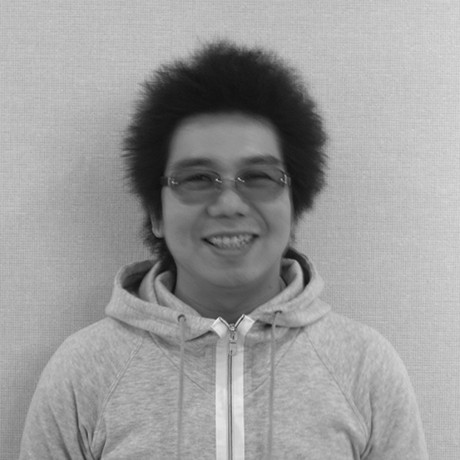
Shizuoka City Museum of Art, which is located on the third floor of the twenty-five-story Aoi Tower building at the north exit of JR Shizuoka Station, first opened its doors in May 2010 and held its grand opening in October the same year. With the guiding principle of “creating and communicating an energetic art and culture of the people and the local region”, the museum holds exhibitions and engages in educational outreach and investigative research activities.
In the galleries, exhibitions covering a broad range of genres are held, primarily in the arts but also featuring design and handicraft work.
In the “Communication Zone”, which includes the entrance hall, the multi-purpose room and the workshop room, various outreach projects are carried out, including presentations and lectures on diverse art scenes, workshops, concerts, and screenings of art films.
Taking advantage of our location only three minutes’ walk from the train station, we aim to be an art museum that may serve as an “interesting meeting place in the heart of town”, where anyone can stop by on a whim.
Aoi Tower 3F, 17-1 Koyamachi, Aoi-ku, Shizuoka 420-0852 Japan
Telephone: 054-273-1515
Hours: 10:00 – 19:00 (Entry to galleries until thirty minutes before closing)
Closed on Mondays and during year-end/new-year’s holidays (when a national holiday falls on a Monday, closed the following day).
Entrance fee: Dependent on the exhibition.
※ Children under middle-school age, and people with disabled person identification booklets (with one assistant, when needed), may enter free of charge.
※ Discount tickets are made available on occasion.
Services
Wheelchairs and baby strollers: Available free of charge at the front desk.
Coin-operated lockers and umbrella stands: Require a one-hundred-yen coin, which is returned after use.
The museum management requests your cooperation with regard to the following items.
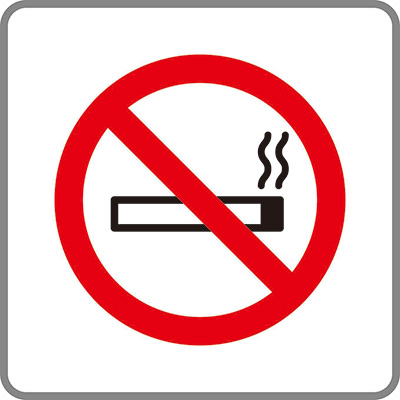
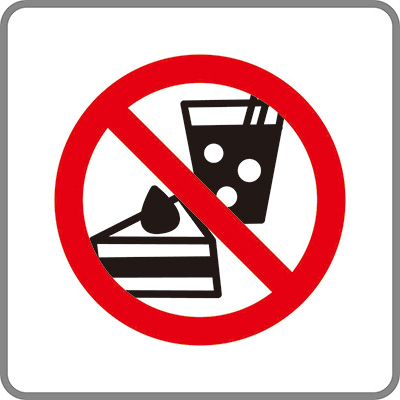
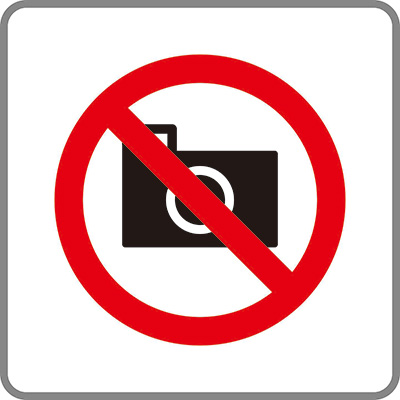
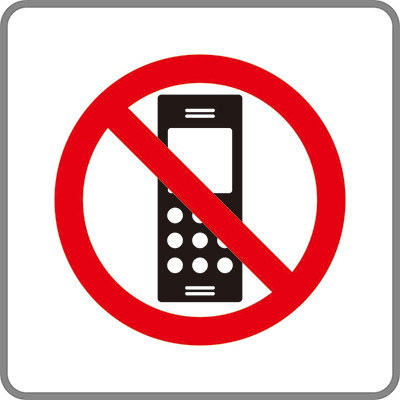
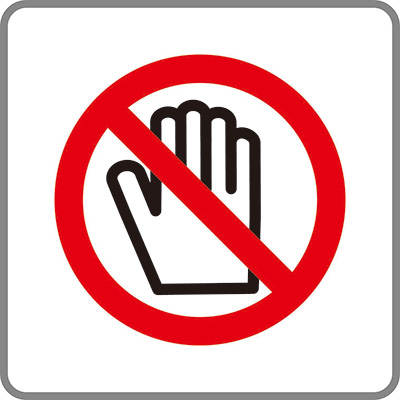
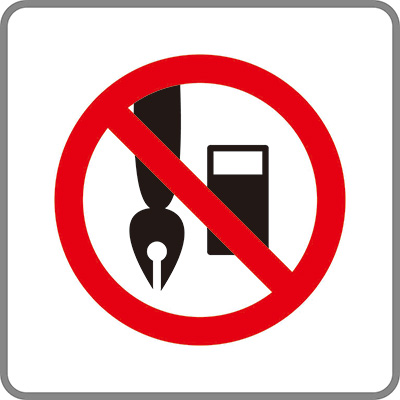
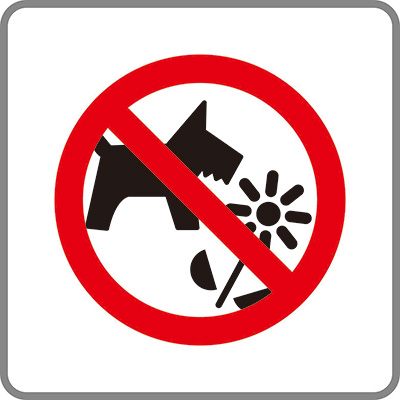
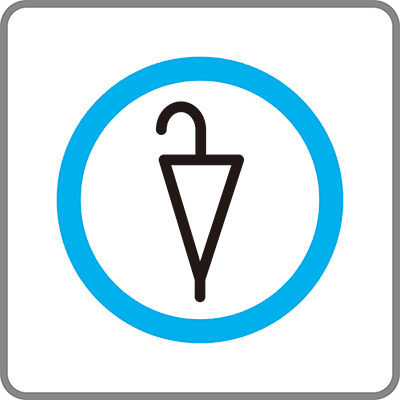
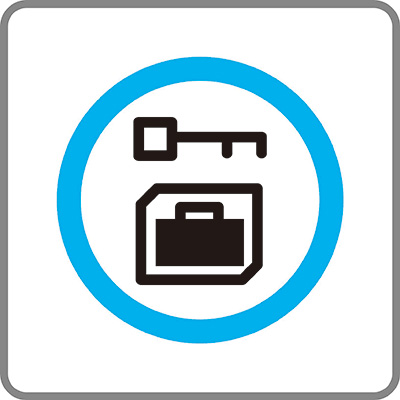

By local train
Three-minute walk from the north exit of JR Shizuoka Station, via underground walkway.
Five-minute walk from Shin-Shizuoka Station (Shizuoka Railway).
By Shinkansen train
From Tokyo Station or Nagoya Station, about one hour on the Tokaido Shinkansen Hikari.
From Shin-Osaka Station, about two hours on the Tokaido Shinkansen Hikari.
By car
About fifteen minutes from Shizuoka Interchange on the Tomei Expressway.
(Parking facilities are available nearby for those arriving by car.)
By air
About one hour from Mt. Fuji Shizuoka Airport on the Shizutetsu Justline bus (Shizuoka Airport Liner).
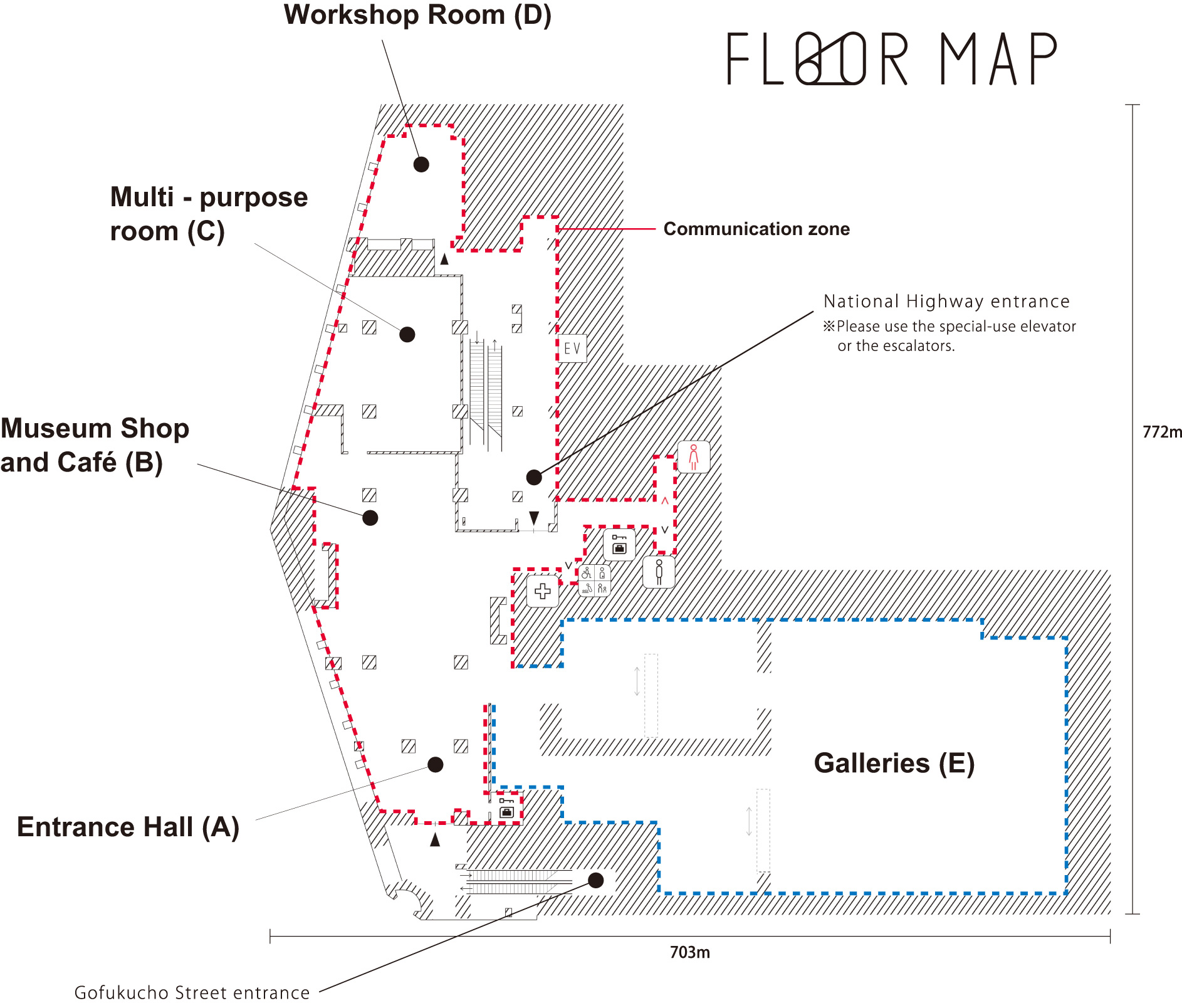
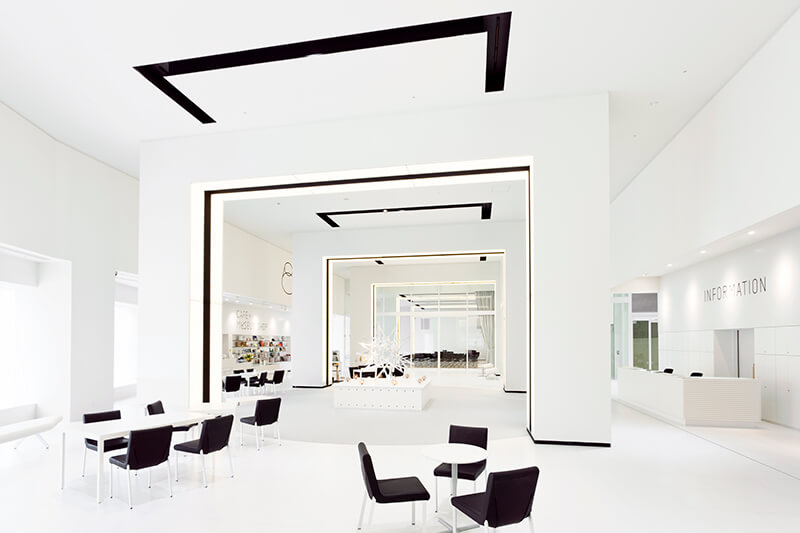
The spacious entrance hall, with its six-meter-high ceiling, is always open to the public free of charge. Soft sunlight filters in during the daytime, while those who visit at night are greeted by pillars of light.
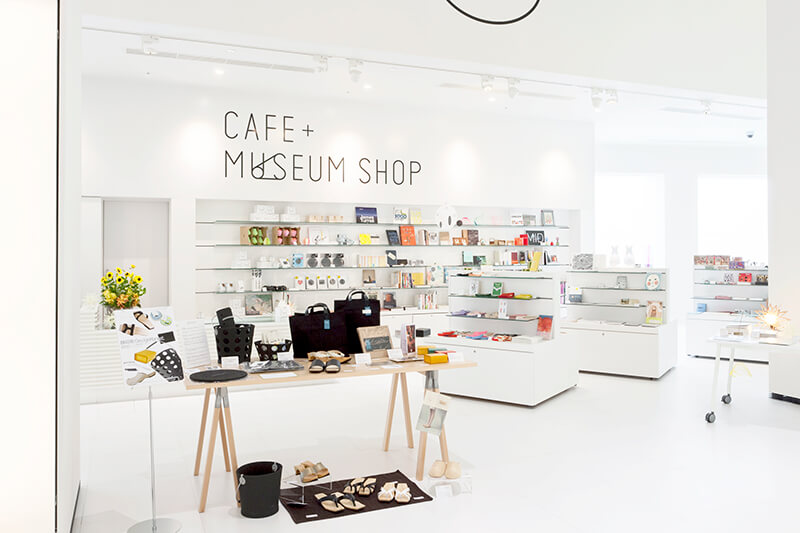
Exhibition catalogs and related publications, postcards, Shizuoka City Museum of Art original goods and other items are available for purchase here. At the café next door, visitors may enjoy fragrant coffee, Shizuoka’s famous green teas and other items.
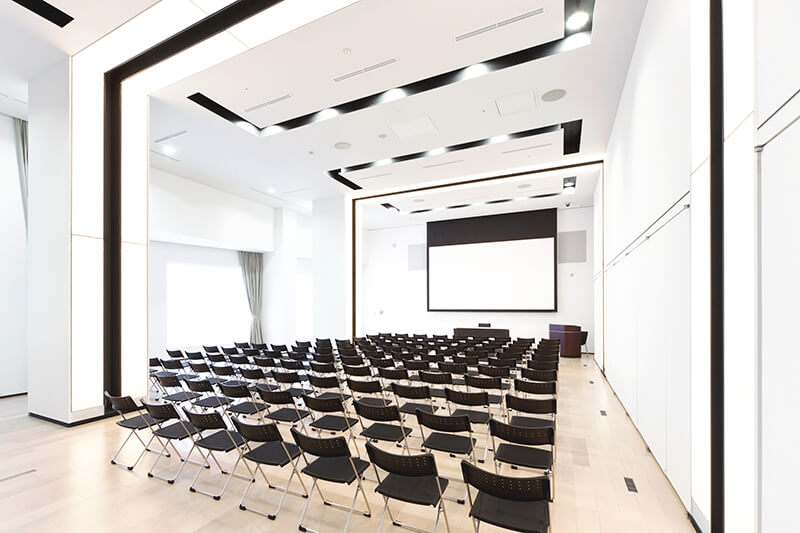
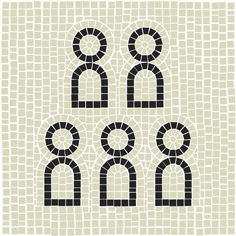
The multi-purpose room holds approximately 120 people. Equipped with a 200-inch screen, a wide variety of events are carried out here, including lectures and film screenings. This room may be used in conjunction with the wide-open space of the entrance hall as well.
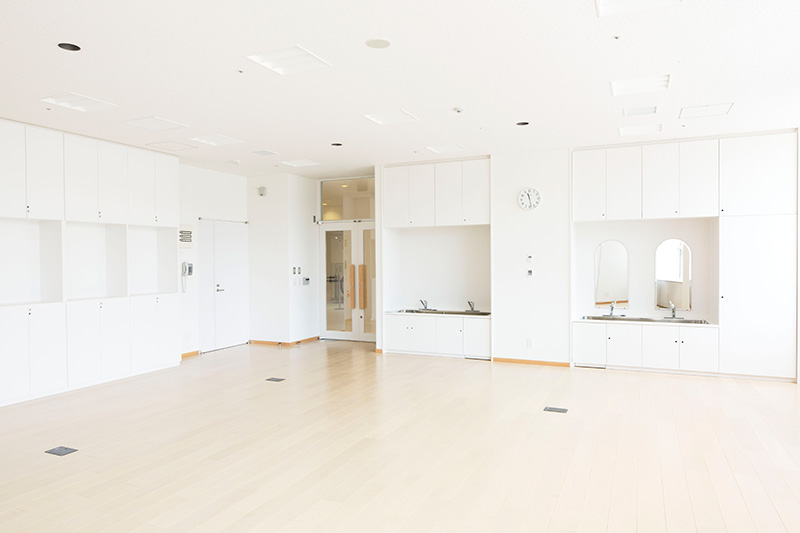
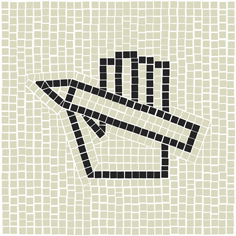
Equipped with a washing area and other facilities, this room can accommodate creative workshops of all kinds. Educational outreach programs for all ages, from children to adults, are currently underway.
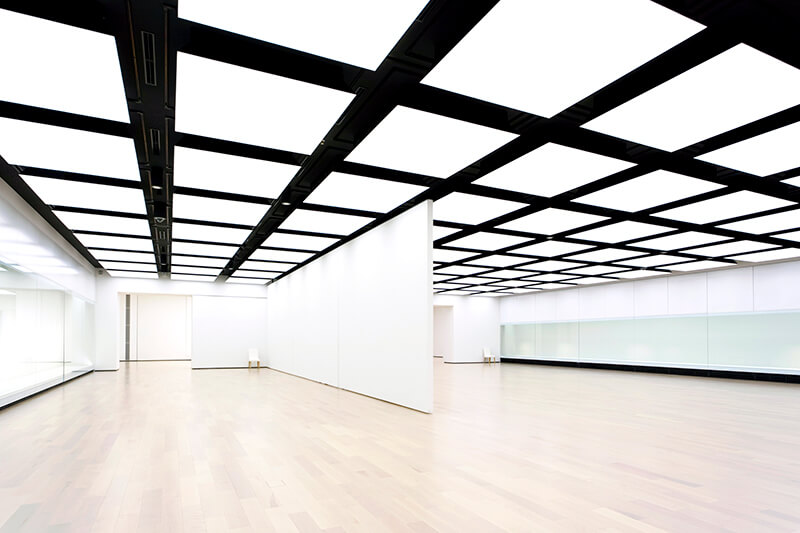
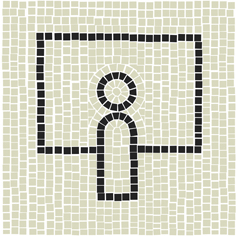
The galleries have ceilings 4.1 to 4.5 meters high and a combined floor space of 1,100 square meters. Illuminated by luminous ceilings, which are outfitted with shaded fluorescents, as well as spotlighting and lighting ducts, the power of the exhibited work is drawn out to the greatest extent possible. Furnished with slidable walls and airtight glass wall cases (total length: 60 meters), these galleries can also accommodate displays of the nationally designated National Treasures and Important Cultural Properties of Japan.
Museum total floor area: 3,393.22 m²
- Galleries
- Total room area: Approx. 1,100 m²
Gallery 1: 209.76 m²
Gallery 2: 713.03 m²
Gallery 3: 204.17 m² - Ceiling height: 4.1 – 4.5 m
- Total wall length: 290 m (including slidable walls)
- Floor weight capacity: 500 kg/m²
- Wall cases: Walls furnished with airtight glass wall cases (total length: 60 m)
- Total room area: Approx. 1,100 m²
- Entrance hall: 612 m² (ceiling height: 6 m)
- Multi-purpose room: 180 m² (ceiling height: 5 m)
- Workshop room: 92 m² (ceiling height: 3 m)

In April 2010, the Museum decided on a new logomark and logotype.
The logomark has as motif Mt. Fuji: a symbol of Shizuoka, and of Japan. The two slightly overlapping circles express an image of a ring of people with Shizuoka City Museum of Art at its heart, and the connection between region and world. It also gives a sense of the “joy of looking”, as a shift in vantage point and perspective depth reveals a different view entirely.
The design is the work of Art Director, Kakinokihara Masahiro, whose wide activities include branding for major corporations to a local children’s nursery. We hope that the logomark, along with the Shizuoka City Museum of Art, will be enjoyed by a great many people.
The mosaic-tile information signs throughout the museum were made in workshops featuring about 80 children and parents and others, and embody our earnest desire to become a museum that will welcome and be cherished by the local citizenry for years to come.
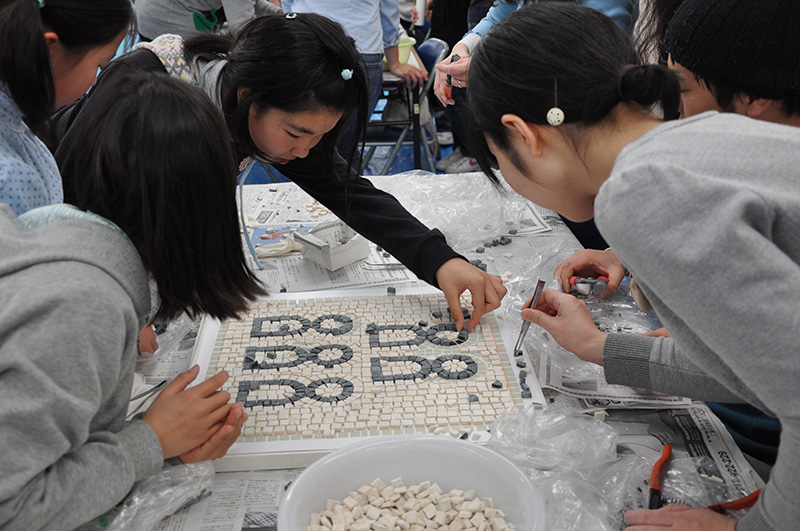
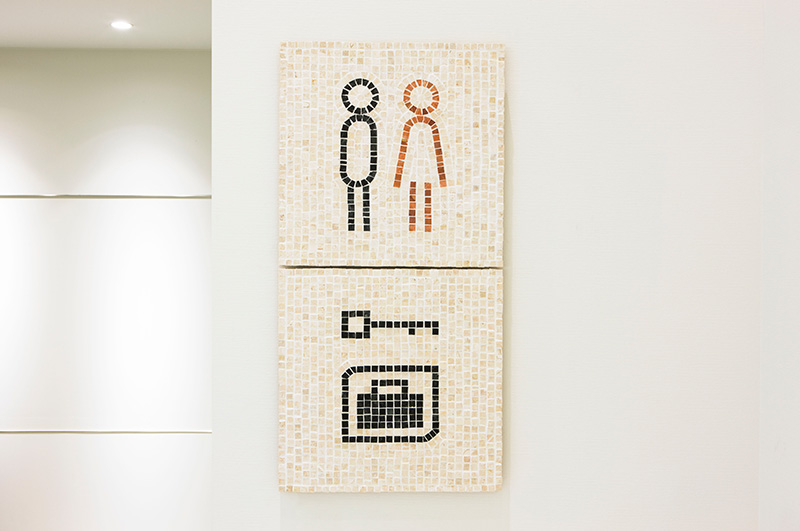
There is a gentle feel about the climate, and the people, of Shizuoka. It was important, I thought, for a new symbol and sign for Shizuoka City Museum of Art to be easy to relate to, and to embody the sentiment of as many people as possible.
Firstly within the two stacked circles is an image of a place where people connect. The circle representing the Museum must stand on the “region” circle – the people living in Shizuoka. The Museum functions as a place bringing people together. It commands an important role in the city as hub for workshops for children, and for the activities of art volunteers. The circle that is the Museum also links to a wider circle of the “world”. Continual discovery, display and dissemination of precious works of art nationally and internationally is, I think, the way in which “Museum” interacts between “region” and “world”.
Last but not least: Fuji-san! The people of Shizuoka, I consider, live in the privileged environment of not just being able to look up at Mt. Fuji, but also of being able to imagine looking down from Mt. Fuji to their own hometown. Viewing many things from various standpoints and with a fresh outlook: the Museum is also a place to teach us how to notice these different perspectives.
The logomark can look like Mt. Fuji, or a cup: you can look down on it, or look up into it. “You can look at that in this way too!” - How great it would be if many people could make discoveries here through a variety of viewpoints.
It has been easy to put into words. It is no idealistic theory: only a matter of clarifying ideas and putting them into practice. I hope this symbol will be of some kind of assistance towards this end.
Art Director
Kakinokihara Masahiro
